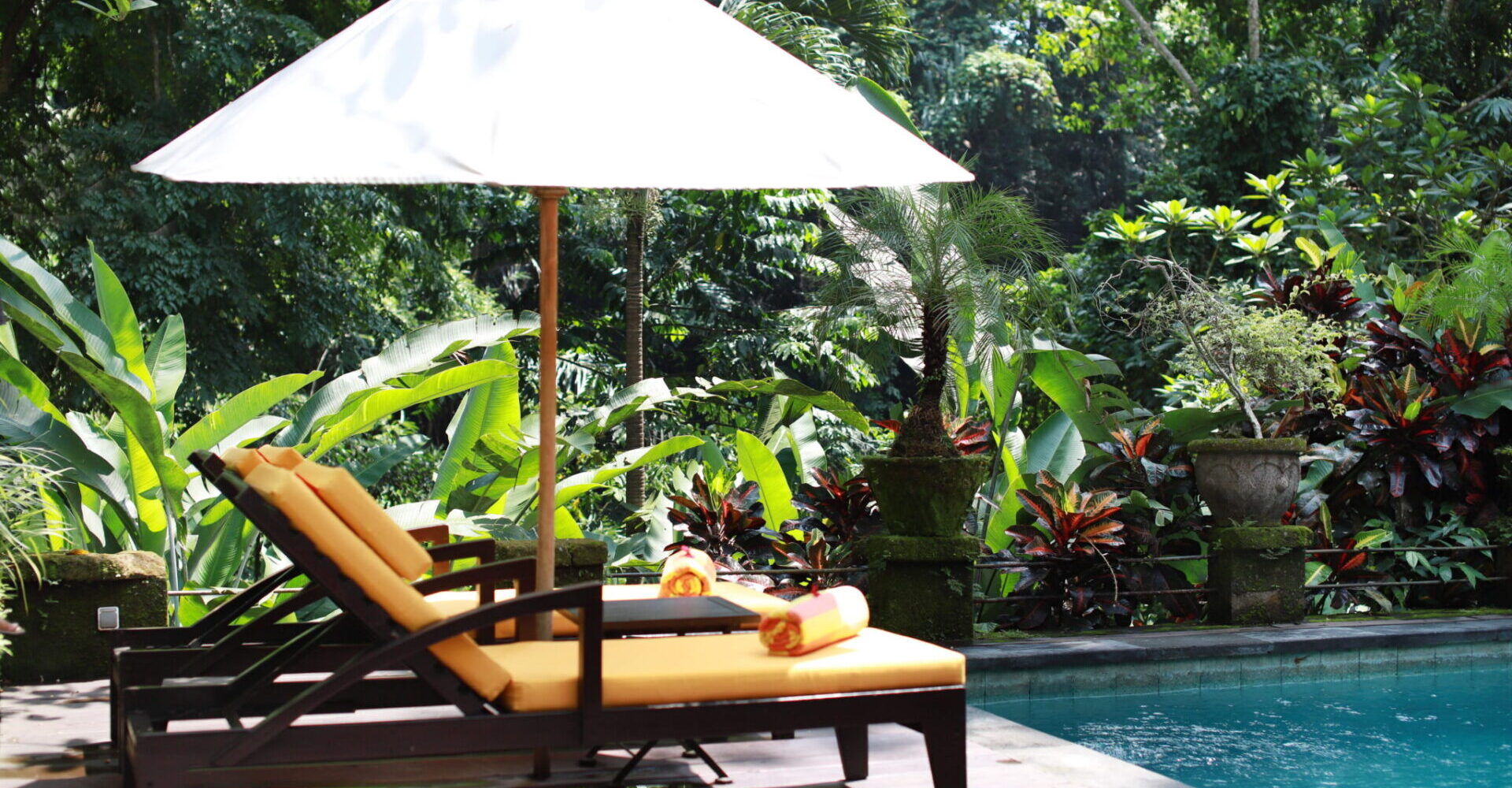Ahimsa: Non-violence – The first step in the path of Yoga
Yoga is a journey of creating harmony in one’s life, and letting go of the things that no longer serve us. In this process, we discover a deeper reality of sense of self (being), a place of joy, happiness, and contentment.
In the Yoga Sutras, Patanjali delineated the eight limbs of yoga. These precepts are intended as guidelines to living a life with meaning and purpose. They may be seen as a kind of map for seekers of greater happiness and spiritual fulfillment.
The Eight Limbs of Classical Yoga
Yamas – right living with others
Niyamas – right living with our inner minds and thoughts
Asana (postures) – right living with our body
Pranayama – right use of our energy
Pratyahara – right use of our senses
Dharana – concentration
Dhyana – meditation
Samadhi – unity or the experience of connection
The first limb consists of the yamas, or universal ethical observances. The Sanskrit term yama more specifically translates as “bridle” or “rein.” Just as a rider places a rein on a horse to steer the animal in the proper direction, the yamas are restraints that we willingly and intentionally place upon ourselves in order to direct our efforts towards creating a full, happy and meaningful life.
There’s no mistake that the Yamas come first; after all, if you want to change the world, you have to start with yourself!
The Yamas: Seeking Social Harmony
Ahimsa – Nonviolence
Satya – Truthfulness
Asteya – Nonstealing
Brahmacharya – Nonexcess
Aparigraha – Nonpossessiveness
Ahimsa: Non-violence
The very first – and often thought of as the most important – Yama, is ‘Ahimsa’, which means ‘Non-violence’ or ‘non-harming’. (‘Himsa’ = ‘hurt’ and ‘a’ = ‘not’)
“Yoga is a path; the first step is to do no harm.”
Non-violence is refraining from acts of violence, harm and unkindness to others, to the earth, and to oneself. In this sense, we’re talking about non-violence in all aspects of life.
Yoga Sutra 2:35 reveals; ‘In the presence of one firmly established in non violence, all hostilities cease’
This implies that those who do not cause harm emit ‘harmonious vibrations’, encouraging others to live peacefully too. Saints and Sages over time have lived with this quality and inspired others. Ghandi’s life was lived by the vows of Ahimsa and Satya.
Gandhi goes right to the point with this quote:
“Any threat to a person’s emotional, intellectual, spiritual, physical, sexual security or identity is a boundary violation.”
In its most literal sense, nonviolence may be interpreted as not hurting or killing other people! But to truly embody Ahimsa we must extend past this literal interpretation to include not just these violent actions but also thoughts, feelings and words.
We must pay constant attention to our propensities toward unkind behaviour, harmful thoughts and hurtful speech. We must practice compassion toward all living beings.
Nonviolence as a practice is not just outwardly focused. We must also turn it inward and also treat ourselves with kindness and compassion. This can be the hardest part of all for some.
The most important quality of ahimsa is not the negative command, not to kill but its broader positive message of love. Love toward oneself and all beings is the very first step and the foundation for the entire philosophical system of classical yoga.
BKS Iyengar describes ahimsa as having “a wider positive meaning – love.”
How to incorporate Ahimsa in daily life
Ahimsa in Asana (Yoga postures)
This is a challenge that often comes up on the mat. You may find yourself constantly pushing yourself to work harder, to stretch further, to go beyond your edge in a constant pursuit of perfection and progress. This kind of striving is a form of aggression and violence towards oneself. Non-violence in the physical sense here means we don’t push ourselves over the edge; of course we can still challenge ourselves in order to grow, but never pushing ourselves to the point of harm. We need to respect our boundaries and listening to our bodies on the mat and all areas of life.
Ahimsa in Diet
In the broad sense, this can mean going vegetarian. While the guidance of Ahimsa advises not harming another living thing, and therefore suggesting abstaining from eating animals, you must see what works best for your unique self. For some people cutting out certain things from their diet may actually cause harm.
To start incorporating Ahimsa, maybe you can first start by minimising the things that damage your body such as alcohol, coffee, refined and processed food, sugar…?! Can you change things a little so you’re supporting environmentally friendly companies? Eat organic where possible? Maybe eat vegetarian a couple of times a week? Buy fair trade? These are all ways you can incorporate Ahimsa in terms of diet.
Ahimsa in Thoughts
Ahimsa means being mindful of our thoughts. When we think negatively or entertain destructive emotions, we send messages through our body that cause the fight or flight response, secreting cortisol (the ‘stress hormone’) which leads to disease by lowering immune function. Consistently entertaining these thoughts create neuronal pathways which hardwire us to states of mind such as anxiety or depression. It’s not just thoughts about ourselves we should be mindful of; jealousy, judgement, anger and resentment directed at someone else is also harmful. The Buddhist practice of compassion is an excellent tool to foster non-violence. Compassion is the ability to accept events as they are with an open and loving heart. It is a letting go of reacting to a situation in a conditional and negative way, and replaces those thoughts or feelings with kindness, acceptance and love.
Practices for Non-violence:
- Create balance in your life
- Face your fears
- Practice courage
- Cultivate kindness and compassion to the world, others, and yourself
For reflection
“How we treat ourselves is in truth how we treat those around us.”
What is happening in you when you are unkind or violent?
For more information or to book an health consultation or private yoga class, please contact rejuvenation@sukhavatibali.com.
Author: Tegan Wallis
Holistic Health Practitioner




